"No one can match the excellence of Koraishutir Kochuri other than....." my father stated, leaving a brief silence in the air. In response, my mother's voice erupted with anger, demanding, "Who could possibly be as exceptional as you claim?" Without hesitation, my father retorted, "Only my daughter, no one else!" accompanied by a playful wink.
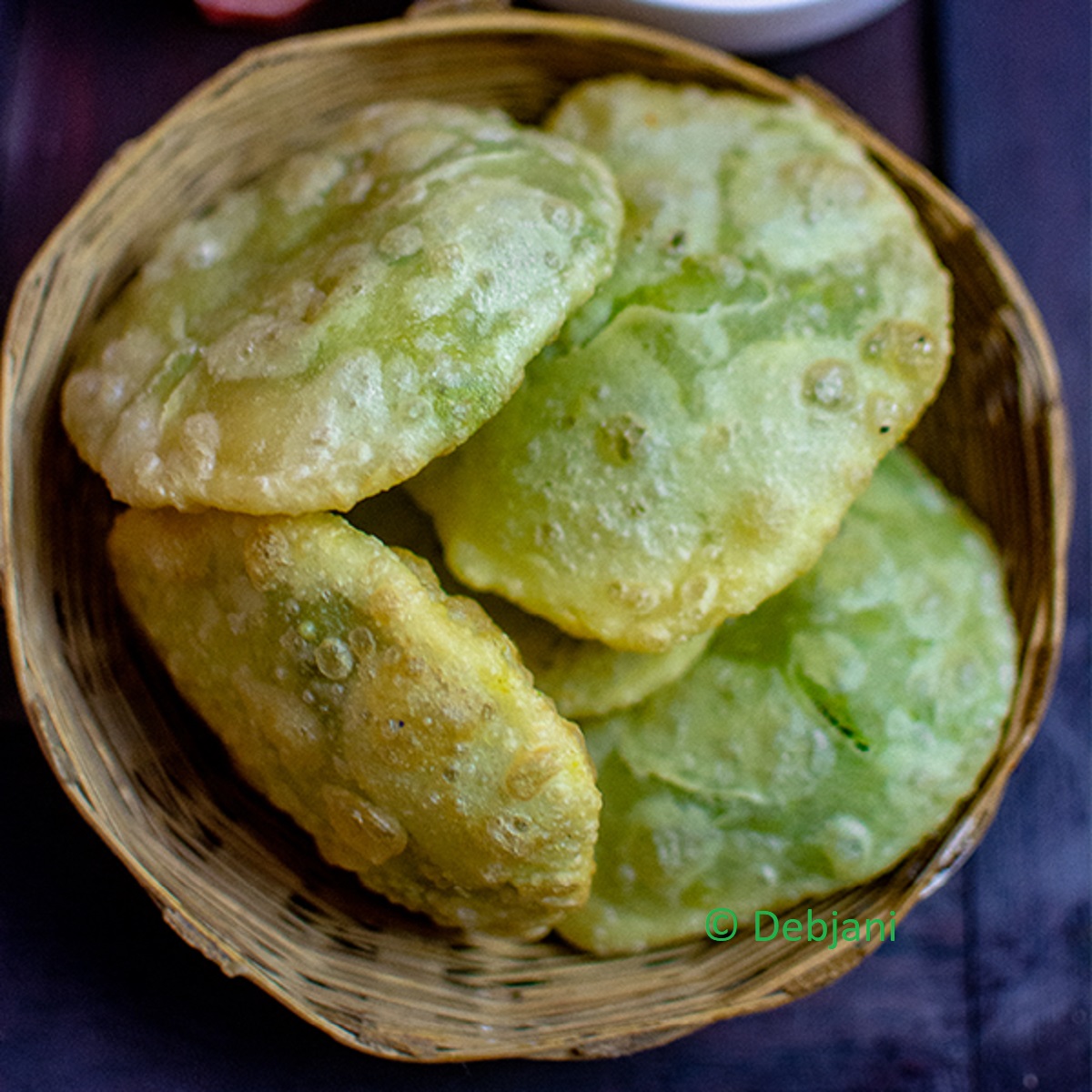
Jump to:
- Catfight over Koraishutir Kochuri
- The perfect Karaishutir Kochuri Recipe!
- Perfect Motorshutir Kochuri Recipe!
- Motorshutir Kochuri from Debjanir Rannaghar!
- Bengali Koraishuti Kochuri
- Here's how I make Koraishutir Kochuri at Debjanir Rannaghar!
- Koraishutir Kochuri Recipe Video from Debjanir Rannaghar
- Bengali Sidedish recipes
- Related Recipes
- Let's Connect over Motorshutir Kochuri!
Catfight over Koraishutir Kochuri
I observed a heated argument between my dear parents, while my daughter indulged in homemade chocolate. It occurred to me that I had forgotten to invite Baba over this year to enjoy his beloved Koraishutir Kochuri and Natun Aloor Dum. Without wasting any more time, I promptly prepared a classic Bengali Koraishutir Kochuri last week, and we all savored it together.
The perfect Karaishutir Kochuri Recipe!
I've observed various ways in which people, both in and outside of my family, prepare the stuffing for Koraishutir Kochuri. In my home, we use a paste made from fresh peas for the stuffing. However, Chordibhai prefers to boil the Koraishuti for the filling. Neither my mother nor my aunt like to include Hing (Asafoetida) or Bhaja Masala (dry roasted Cumin and chili powder) in their version of the stuffing. On the other hand, both Boro Pishi and Choto Pishi (my paternal aunties) used to add these two ingredients to their recipe. A friend's mother used to combine whole wheat flour with all-purpose flour for the dough. In contrast, my mother-in-law only uses whole wheat flour, while my mom opts for all-purpose flour. It can be quite perplexing, don't you think?
Perfect Motorshutir Kochuri Recipe!
After experimenting with various iterations of a single dish, I finally crafted my own rendition, drawing inspiration from all of them. Baba believes that my version closely resembles the Koraishutir Kochuri his mother, my Thakuma, used to make. Last week, I decided to prepare it for Baba following my own recipe, as I do every winter. Baba was overjoyed with both the Koraishutir Kochuri and Natun Aloor Dum that I made for him. It brought back memories of his time with his mother. In light of this, I, his devoted daughter, have decided to share the recipe for Koraishutir Kochuri with the readers of the Bengali food blog, Debjanir Rannaghar.
Motorshutir Kochuri from Debjanir Rannaghar!
For a while now, I've been meaning to write a detailed post about Koraishutir Kochuri or Matarshutir Kachuri. It's been a bit of a struggle, though, for some strange reasons. I deleted the pictures twice because I wasn't happy with how they turned out. However, after posting Natun Aloor Dum here on Debjanir Rannaghar a few days ago, I finally made up my mind to make this happen as soon as possible. I wanted to give my Aloor Dum its perfect winter companion: Koraishutir Kochuri. In Bengali, Koraishuti or Motorshuti refers to fresh peas, and Koraishutir Kochuri, also known as Bengali Matar Kachauri, is a beloved winter delicacy.
Bengali Koraishuti Kochuri
Bengalis hold a special affection for bongs, which are green peas stuffed in fried flatbread. Whether it's a Bengali wedding feast or any special dinner during the winter season, it just doesn't feel complete without this dish. While you can use packaged peas to make it throughout the year, there's something truly heavenly about preparing Koraishutir Kochuri with fresh peas.
Although this dish is well-known among Bengalis, anyone who enjoys fried flatbread can give this no onion, no garlic Koraishutir Kochuri or Matar Kachauri a try. Almost every Bengali tries their hand at making it at least once during the winter. However, if you're not living with older family members, it can be a bit daunting to prepare. That's why I've carefully detailed each step of making this Kachauri, so you can easily celebrate winter the Bengali way.
Here's how I make Koraishutir Kochuri at Debjanir Rannaghar!
Print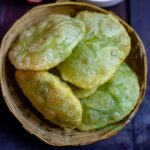
Koraishutir Kachuri | Matarshutir Kachuri | Bengali Peas Kachauri
- Total Time: 1 hour
- Yield: 25 Kochuri 1x
- Diet: Vegetarian
Description
The term Koraishuti or Matarshuti represents peas, and Koraishutir Kachuri is a renowned Bengali stuffed flatbread in which Kachauris are filled with a stuffing made of green peas.
Ingredients
To make the Dough:
- 400g All-Purpose Flour
- 100g Whole Wheat Flour
- ½ Tsp. Salt
- 2 Tsp. Refined Oil
To make the Stuffing:
- 500g Green Peas / Koraishuti / Matar (seeds after removing the shell)
- 2 Tsp. Ginger Paste
- 2 Green Chili (adjust according to taste bud)
- ½ Tsp. Salt
- 1 Tsp. Sugar
- ¼ Tsp. Asafoetida / Hing
- 1 Tbsp. Refined Oil
To make Bhaja Masala:
- 1 Tsp. Cumin Seed
- ½ Tsp. Carom Seed / Jowan / Ajwain (optional)
- 1 Dried Red Chili
To Fry Koraishutir Kochuri:
- 200ml Refined Oil for Deep Frying
Instructions
To make Bhaja Masala:
- Toast cumin seed, carom seed, and dried red chili on a non-stick pan over low heat for 1-2 minutes.
- Allow the spices to cool entirely.
- Grind the toasted spices into a coarse powder and incorporate the bhaja masala into the stuffing.
To make the stuffing:
- Create a smooth blend of Green Peas using a blender or the traditional Shill Batta or Shil Nora, along with the Green Chilies.
- In a pan (preferably non-stick), heat oil and infuse it with asafoetida and ginger paste. Cook for 1 minute over low heat.
- Introduce the peas blend and cook on medium heat until the raw scent of peas dissipates entirely.
- Add 1 Tsp. of Bhaja Masala Powder, Salt, and Sugar to the mixture and stir the stuffing.
- Continue cooking for a few more minutes until the mixture no longer sticks to the edges of the pan, then turn off the heat.
- Allow the mixture to cool down completely.
To make the Dough:
- Prepare two cups of water to have on hand when making the dough.
- Use a sieve to sift the flour and salt together.
- Combine the flour mixture with oil and mix it by hand until it becomes crumbly.
- Gradually add half a cup of water to the flour mixture.
- Knead the dough, adding water as needed.
- It took me approximately one cup and three to four tablespoons of water to achieve a dough that wasn't too tight.
- Cover the dough with a damp cloth and let it sit for 10 minutes.
To Make Kochuri
- Divide the dough into approximately 20 equal parts.
- Shape each portion of dough into a ball about the size of a ping pong ball.
- Flatten one dough ball in your hand or on the kitchen counter, as shown in the picture.
- Place a spoonful of stuffing in the center and seal the flattened dough to create a stuffed ball.
- Repeat this process for the remaining dough balls.
- Heat enough oil in a wok to fry the Kachories.
- Using a rolling pin, flatten each stuffed ball into a 4-5'' disk.
- Be careful not to create a hole in the center of the disk.
- If needed, lightly oil the rolling board before rolling the dough.
- Fry the disks on both sides over medium heat.
- While frying, gently press the Kochuri with a perforated ladle to ensure proper puffing.
- Continue deep frying the remaining Kochuri.
- Serve the Koraishutir Kochuri with Natun Aloor Dum and Nolen Gur!
Notes
- Instead of using fresh green peas, it is possible to use canned peas instead. I personally prefer a velvety paste for the filling, although a slightly grainy paste can also be made.
- Make sure to modify the amount of spices, especially chili, according to your own preference.
- Prep Time: 30 min
- Cook Time: 30 min
- Category: Dinner, Breakfast, Snack, Bread
- Method: Frying
- Cuisine: Bengali
Nutrition
- Serving Size: 5 Kachauri each person
- Calories: 547
- Sugar: 7.1g
- Sodium: 498mg
- Fat: 2g
- Saturated Fat: 0.3g
- Carbohydrates: 111.8g
- Fiber: 8.6g
- Protein: 18.5g Vitamin D 0mcg
- Cholesterol: 0mg
Koraishutir Kochuri Recipe Video from Debjanir Rannaghar
Bengali Sidedish recipes
- Natun Aloor Dum (also known as Bengali Niramish Aloor Dum)
- Narkel diye Cholar Dal (also known as Bengali Cholar Dal)
- Begun Bhaja (also known as Bengali style fried Eggplant)
- Rosogollar Dalna (also known as Bengali Rasgulla curry)
- Dim er Surua (also known as Bengali Egg Surua or Egg Stew)
- Aloo Phulkopir Dalna (Bengali Potato and Cauliflower Curry)
- Komola Kheer (also known as Kheer Komola | Bengali Orange Kheer | Komlalebur Payesh)
- Kumror Chakka (also known as Bengali Pumpkin side)
- Chicken Kosha (also known as Bengali Kosha Murgir Mangsho)
- Joggi Barir Mangsho (lso known as Biyebarir Mutton Curry)
- Dhokar Dalna (Also known as Bengali diamond-shaped lentil fudge curry)
- Chanar Dalna (also known as Bengali Cottage Cheese and Potato Curry)
- Begun Basanti (also known as Bengali Begun Bashonti)
- Paneer er Dalna (also known as Niramish Paneer Er Torkari)
- Mangshor Jhol (also known as Bengali light Mutton curry) in a Pressure Cooker!
- Kosha Mangsho (also known as Bengali Mutton Kasha)
- Chana Bhapa (also known as Bengali steamed Paneer)
Related Recipes
Let's Connect over Motorshutir Kochuri!
Do let me know how it came out. Also, I would love to see a picture of the same which you can share here at dolonchttrj@gmail.com. Meanwhile, on Instagram, you can use my hashtag #debjanirrannaghar and in addition, you can tag me at @foodofdebjani.
You can follow me on Facebook, Twitter, Pinterest, and Instagram for updates and recipes from Debjanir Rannaghar.
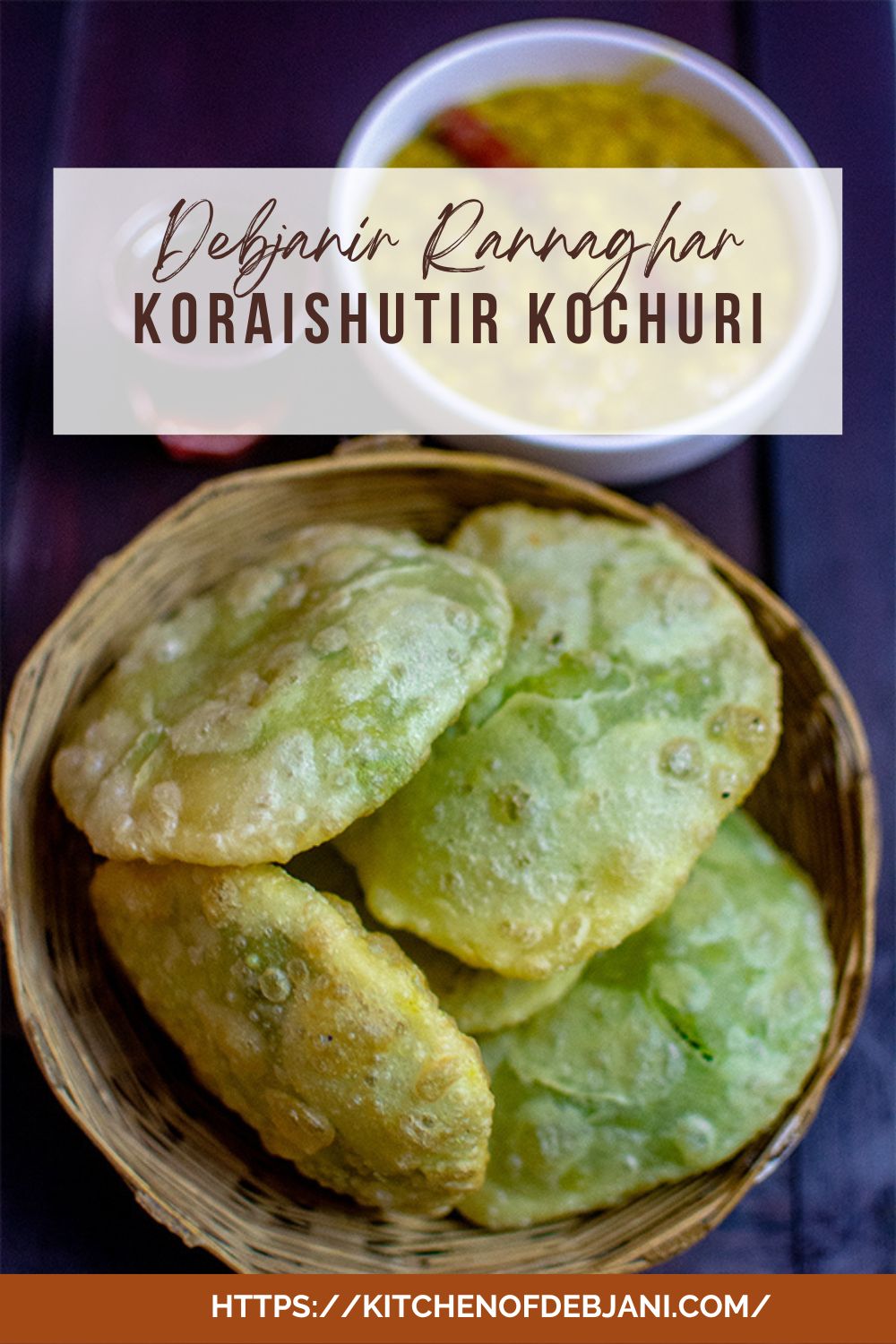

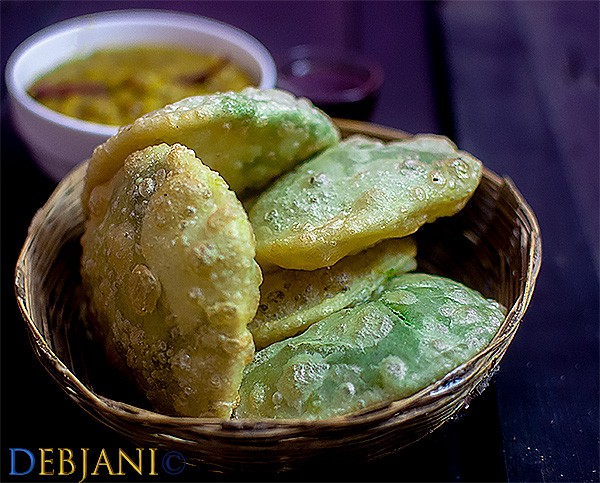
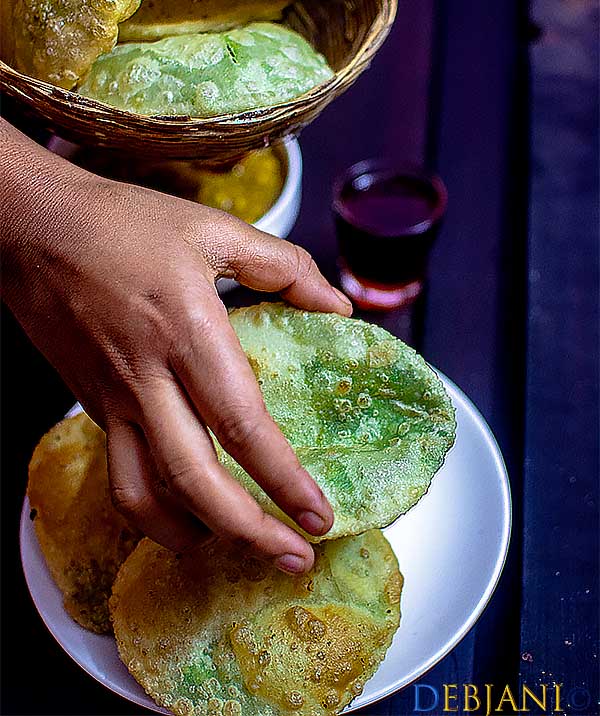
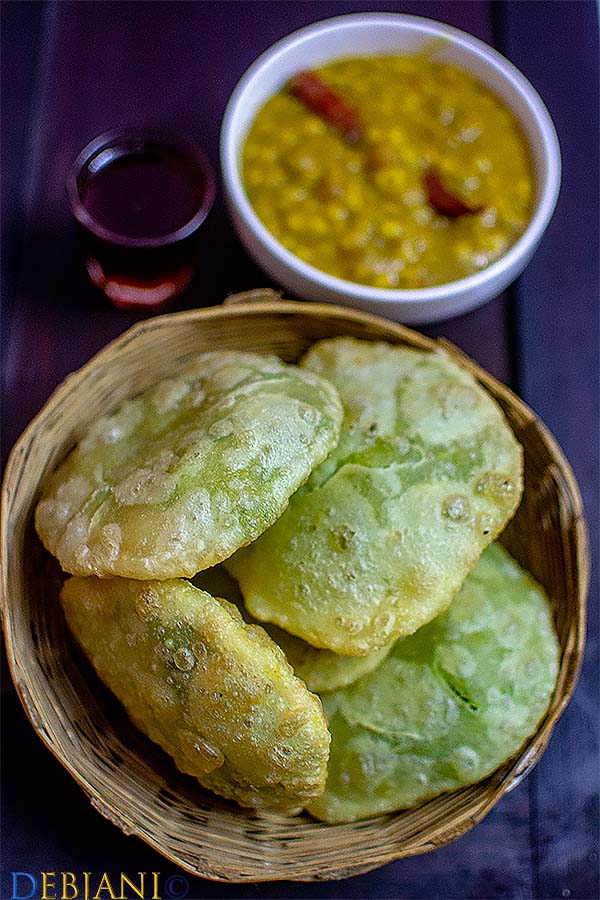
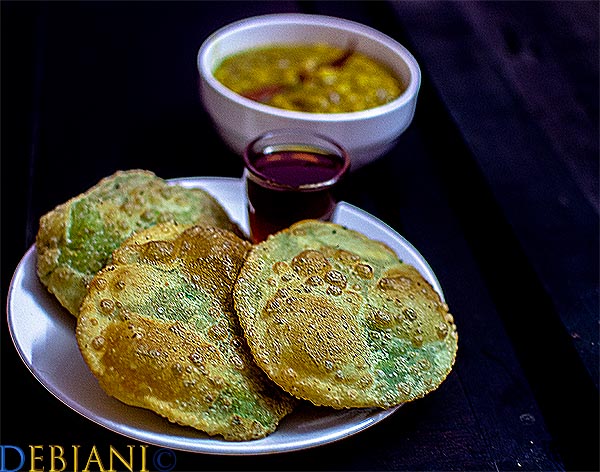
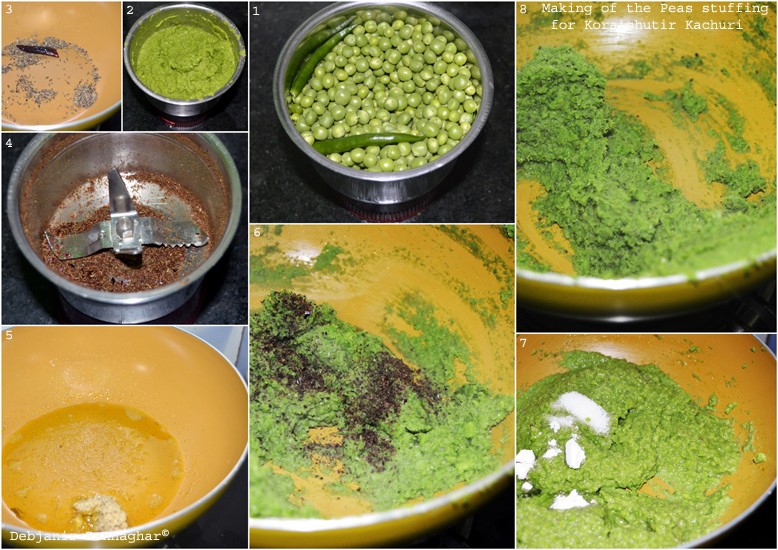
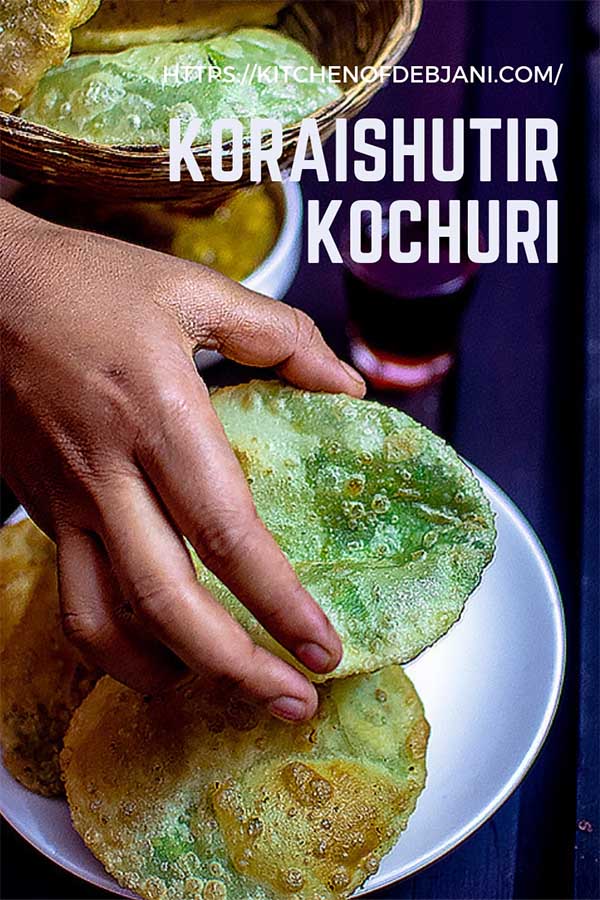

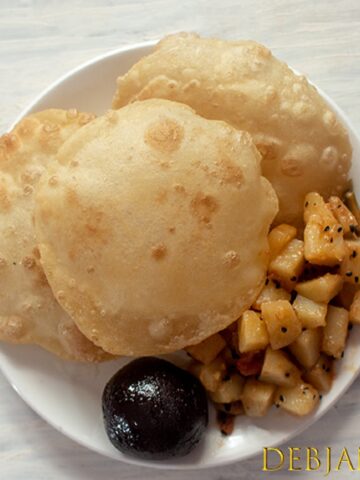
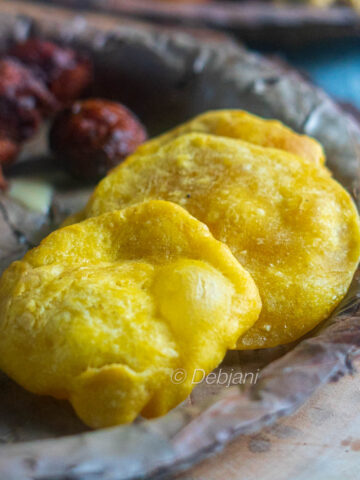
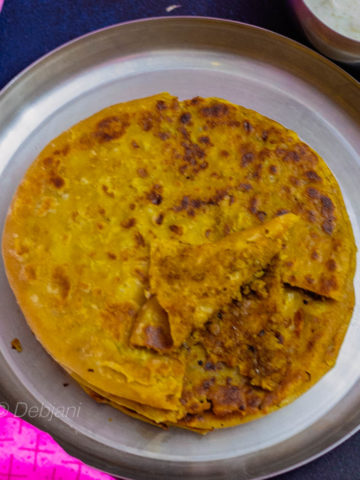
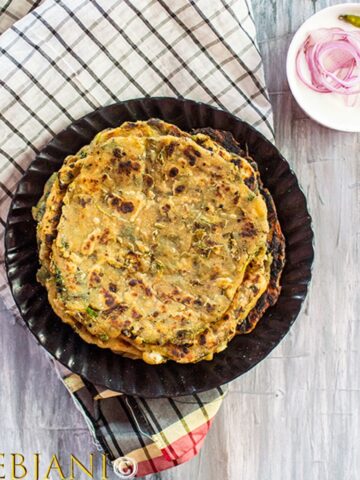

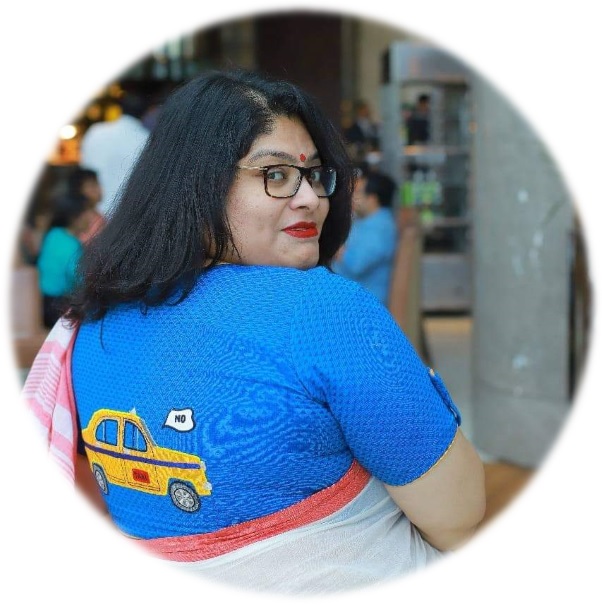
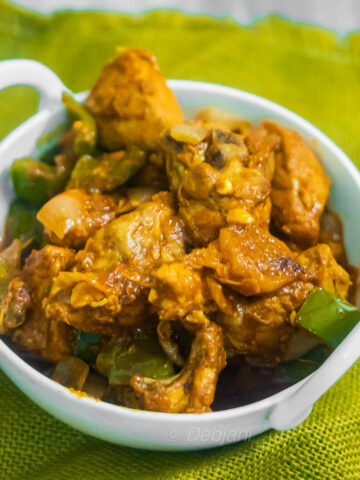
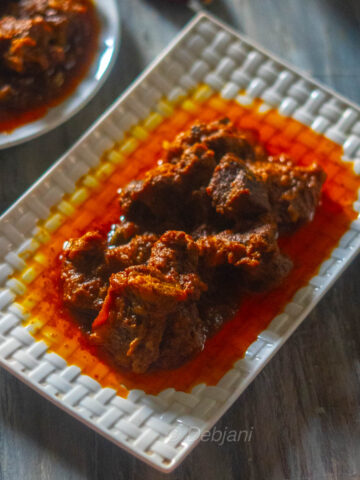

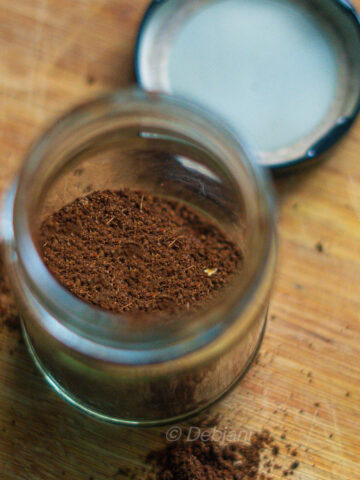
Leave a Reply